Laysan Albatross, artwork by Grisselle Chock; after a photograph by Hob Osterlund
The Division for Ocean Affairs and the Law of the Sea of the Office of Legal Affairs of the United Nations (“OLA/DOALOS”) is accepting applications for the 2022 session of the United Nations - The Nippon Foundation Strategic Fellowship Programme.
The objective of the Fellowship is to assists developing States, particularly least developed countries, small island developing States and landlocked developing countries, to address identified critical needs in the implementation of the United Nations Convention on the Law of the Sea (UNCLOS), and related instruments, as well as Sustainable Development Goal (SDG) 14 and other related SDGs. The Fellowship is targeted at Government officials with limited background in ocean affairs and the law of the sea who are filling key positions in their Administration and who are tasked to address the needs referred to above.
Selected Fellows participate in a four-month training programme based on a foundation curriculum, integrated by a highly customized individual curriculum developed in consultation with the nominating State, at OLA/DOALOS at United Nations Headquarters in New York.
To qualify, candidates must:
- Be between the ages of 25 and 40
- Possess at least a first university degree or equivalent
- Demonstrate an ability to undertake advanced academic research and studies
- Be from a developing State
- Be Government officials dealing directly with critical issues related to sustainable development of oceans and seas (e.g. the implementation of the 2030 Agenda for Sustainable Development; national and/or regional ocean policy; the establishment of maritime zones and/or the delimitation of maritime boundaries; coastal zone management; conservation and management of marine living resources; maritime transport and shipping; maritime security; the protection and preservation of the marine environment; and/or marine science).
It is intended that 11 Fellowships will be offered, to take place between mid-August and mid-December 2022. The application deadline is 01 April 2022.
Find more information on the Fellowship here.
John Cooper, ACAP Information Officer, 16 February 2022

 English
English  Français
Français  Español
Español 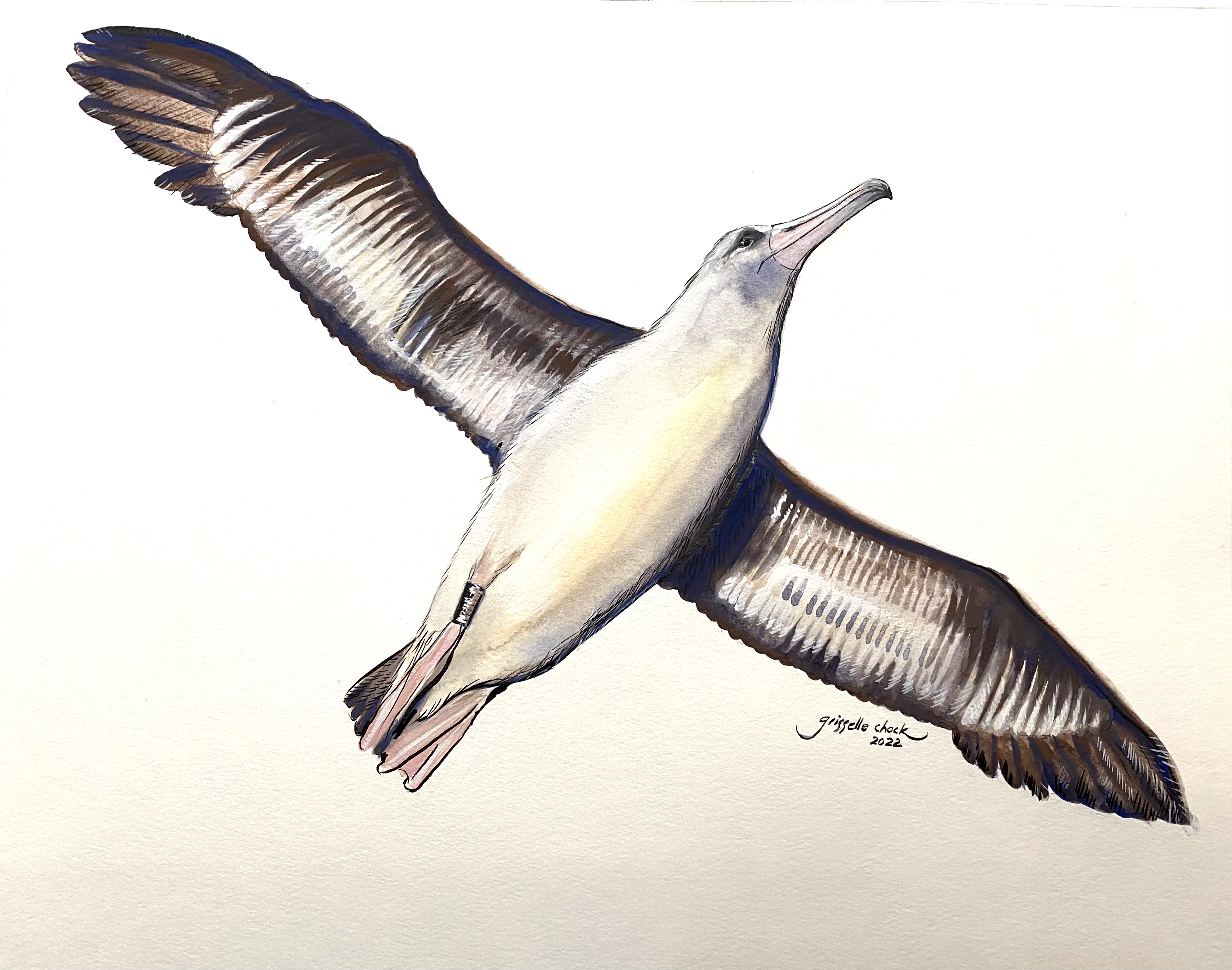
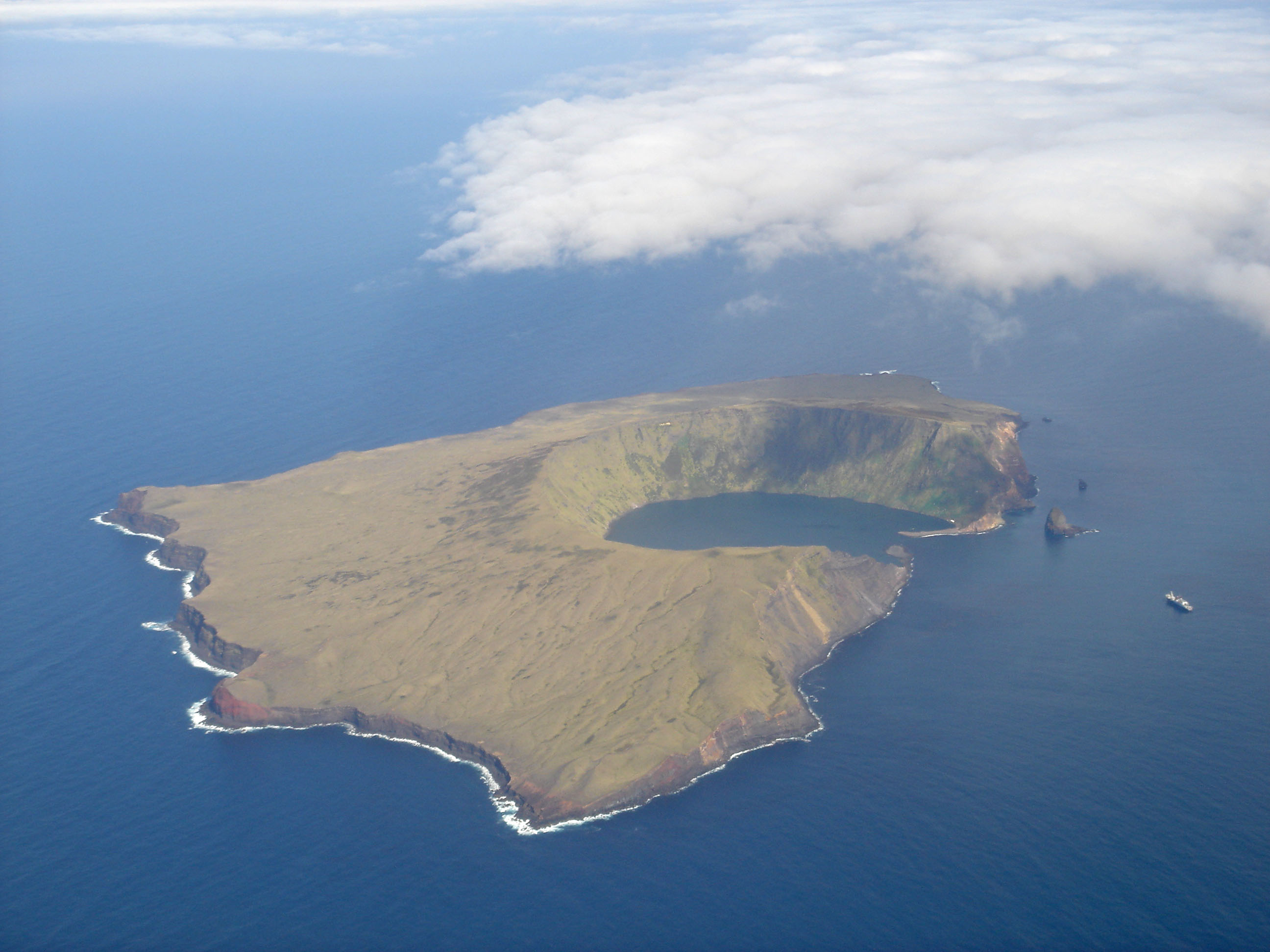
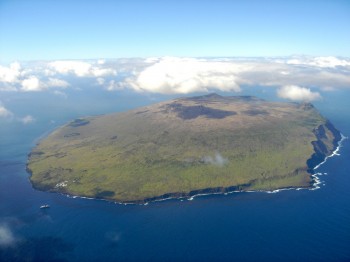
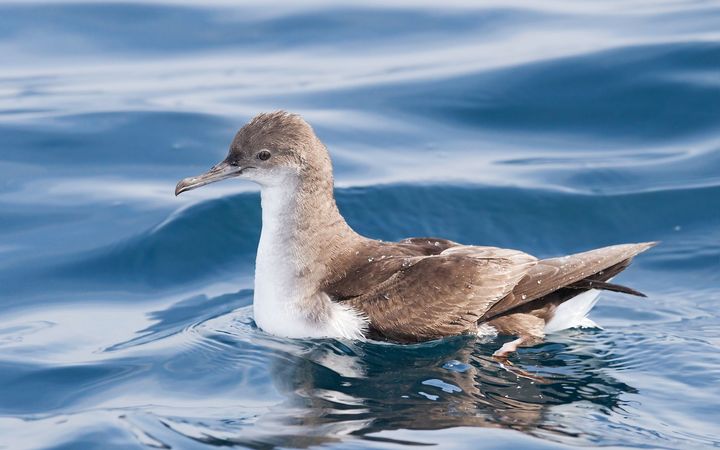
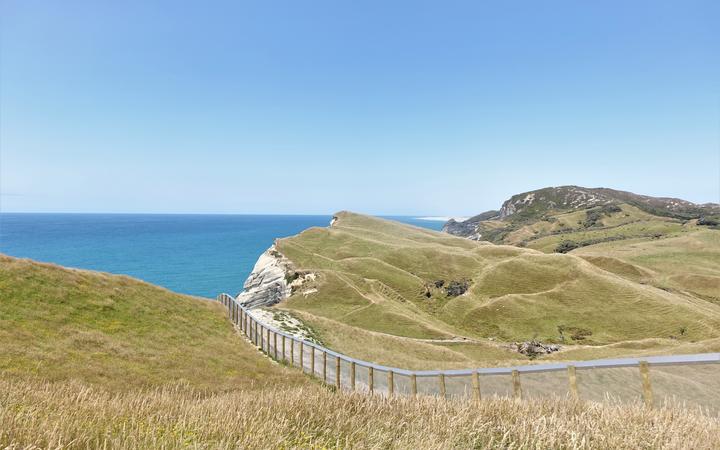
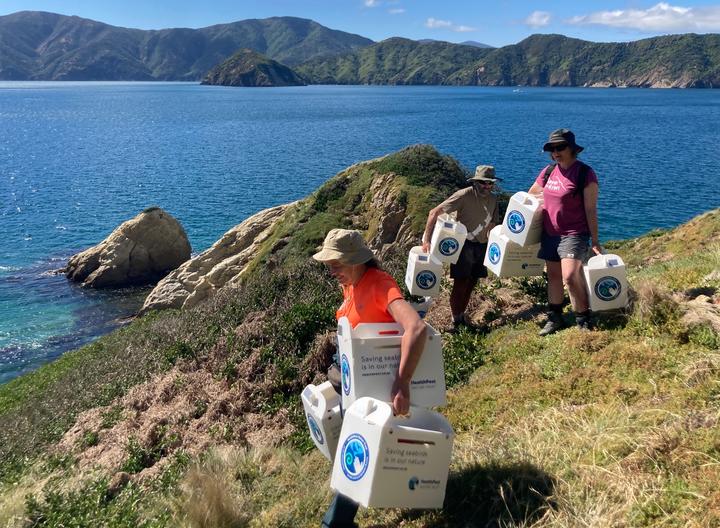
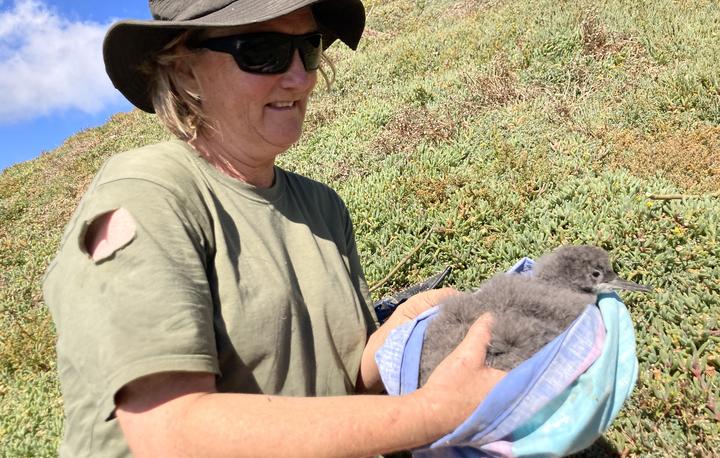 The sanctuary fence and the translocation underway
The sanctuary fence and the translocation underway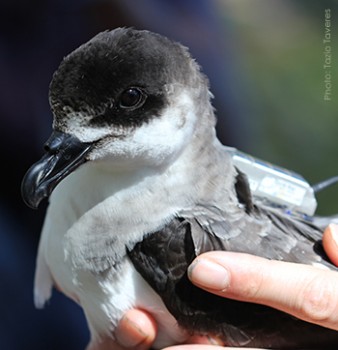
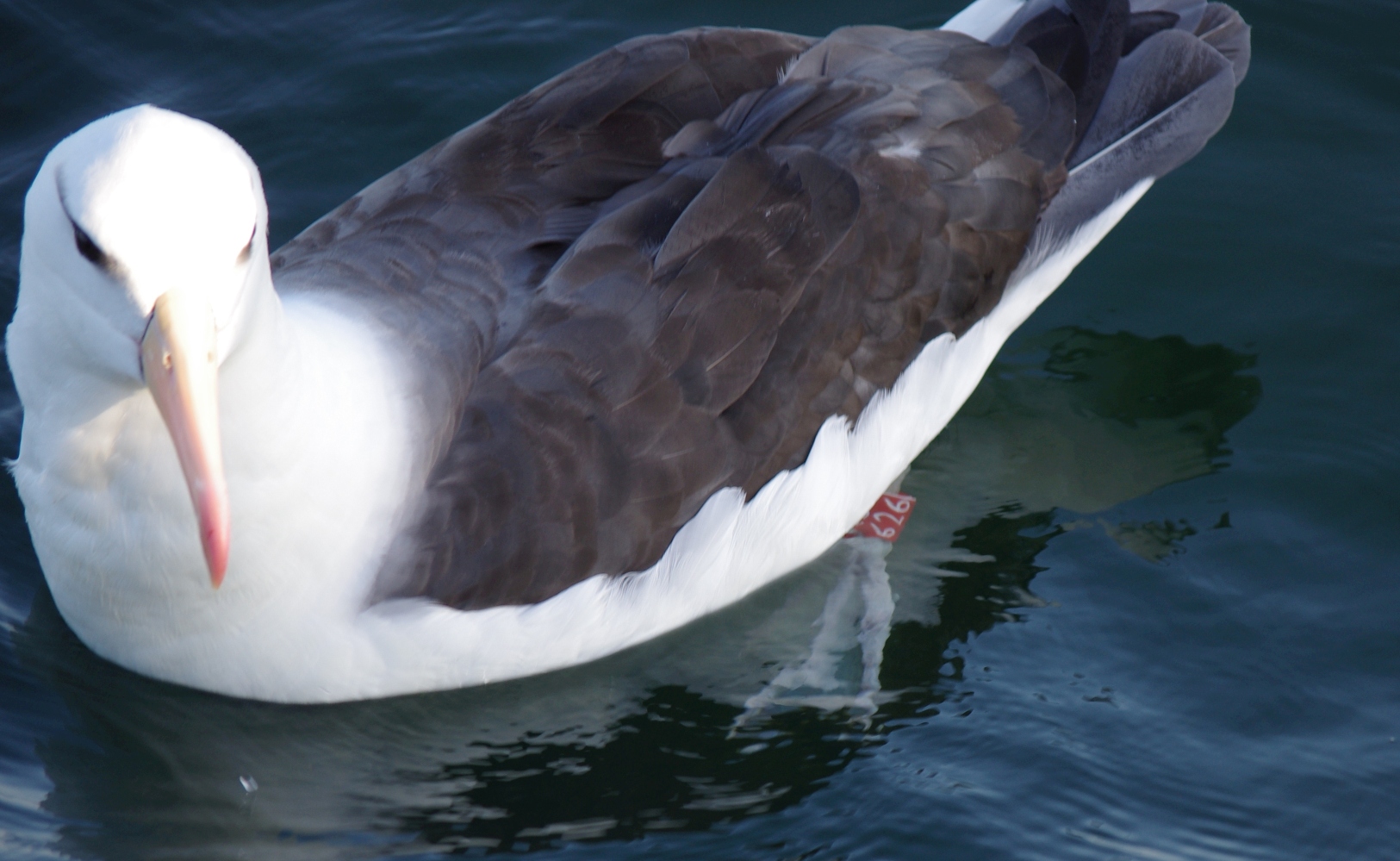 Black-browed Albatross at sea; photograph by Kollette Grobler
Black-browed Albatross at sea; photograph by Kollette Grobler